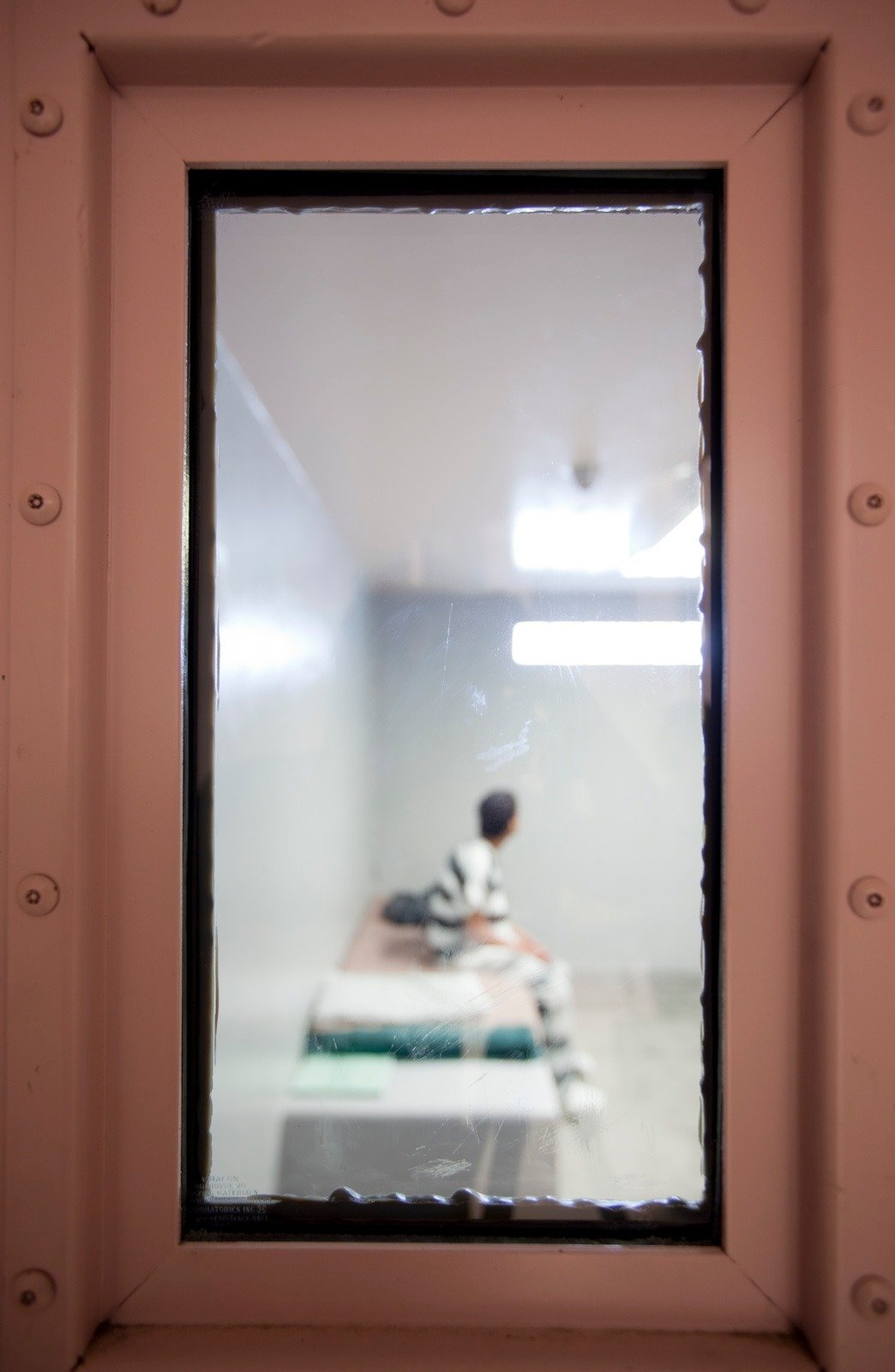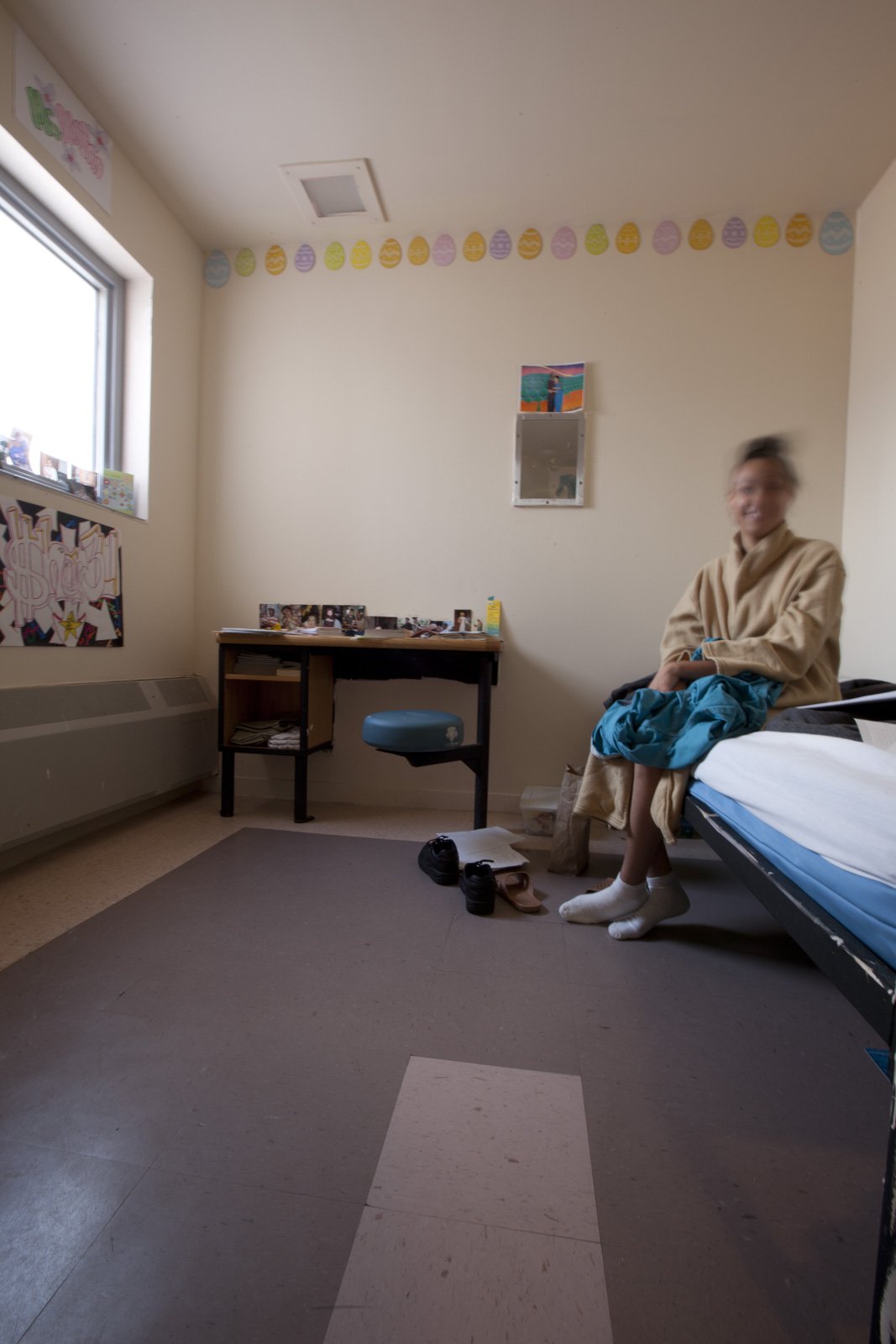These stories are just a few of thousands of girls who are pregnant and incarcerated. In fact, between 20 percent and 30 percent of incarcerated girls nationwide have been or are currently pregnant. Yet in 2007, only 18 percent of the 3,200 locked facilities holding teen girls nationwide routinely tested for pregnancy (Gallagher & Dobrin, 2007). Plus, incarcerated pregnant teens are often at increased risk for a number of pregnancy complications related to their co-occurring high-risk health behaviors (Hufft, 2004). Fortunately, the Supreme Court ruled in Estelle v. Gamble, 429 U.S. 97 (1976), that prisons must provide adequate health care to those incarcerated at both the state and federal level, which includes incarcerated juveniles. Unfortunately for these girls, their rights, both legal and human, are often infringed upon due to being overlooked when it comes to healthcare. Being pregnant while incarcerated can compound the trauma of not only being locked up, but the trauma of pregnancy in young girls as well. For example, prenatal nutrition is important for the development of the baby, but in many cases girls will get fed the same as everyone else, with potential for one extra portion.
Medical care in juvenile detention centers in general is far from adequate. Although some youth in the justice system interact with medical professionals on the regular, many are left with essentially nonexistent care. The National Juvenile Detention Association says, “I can say to you with no equivocation that health care in juvenile detention and corrections, as a whole, is extremely inadequate.” And unfortunately, there are no federal regulations that dictate the level of health care that must be provided in juvenile facilities. Plus, incarcerated youth face disproportionately more morbidity and mortality than the average adolescent, including pregnant girls who tend to face many more complications.










